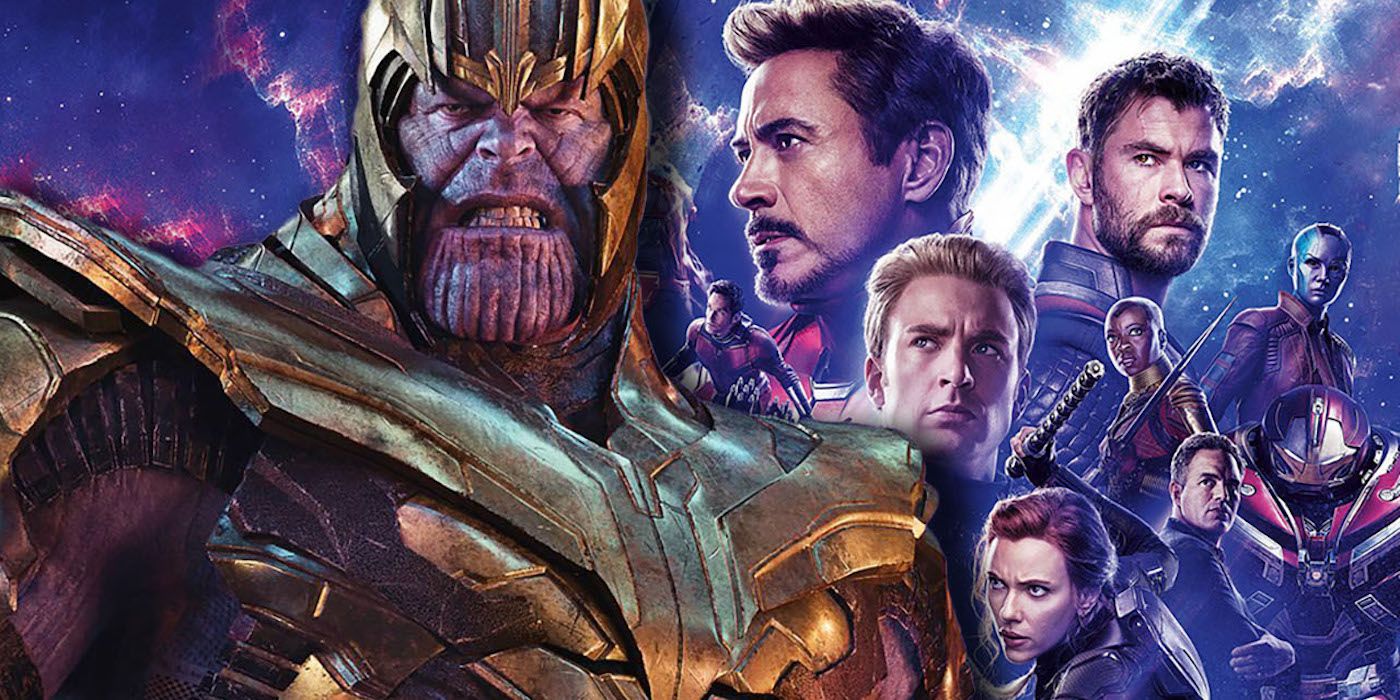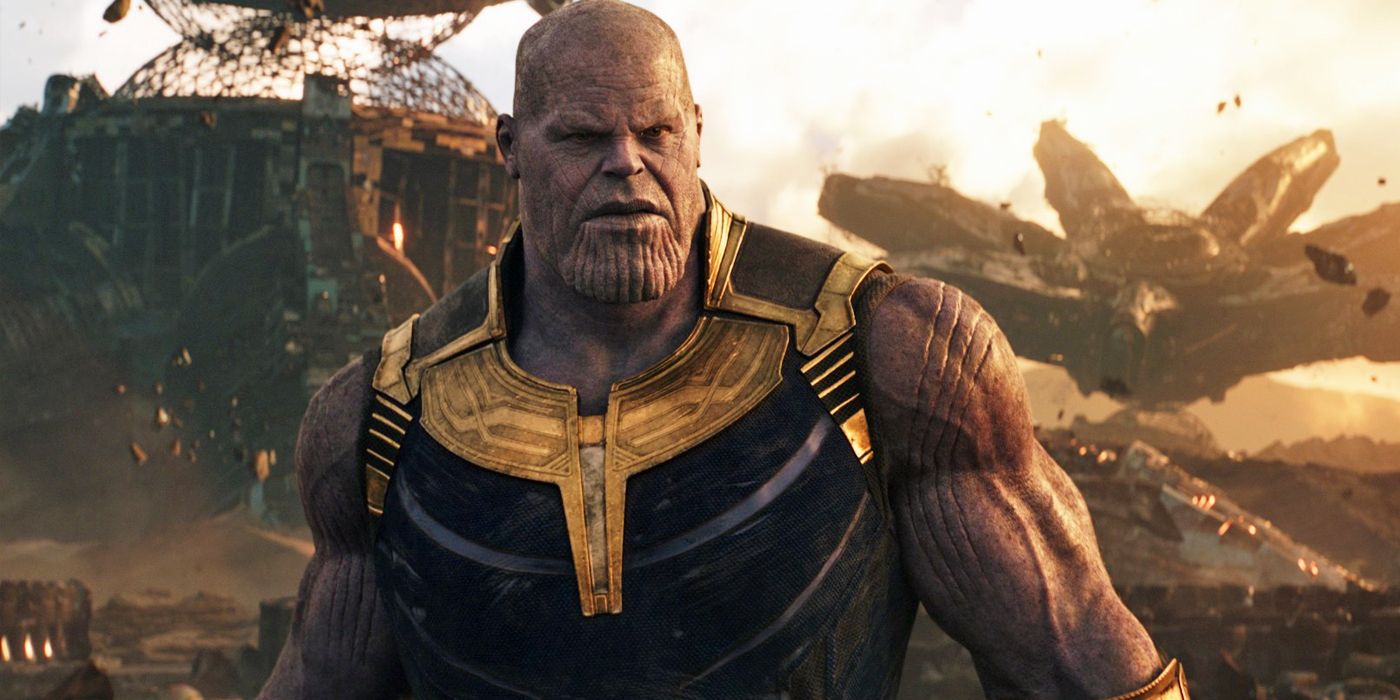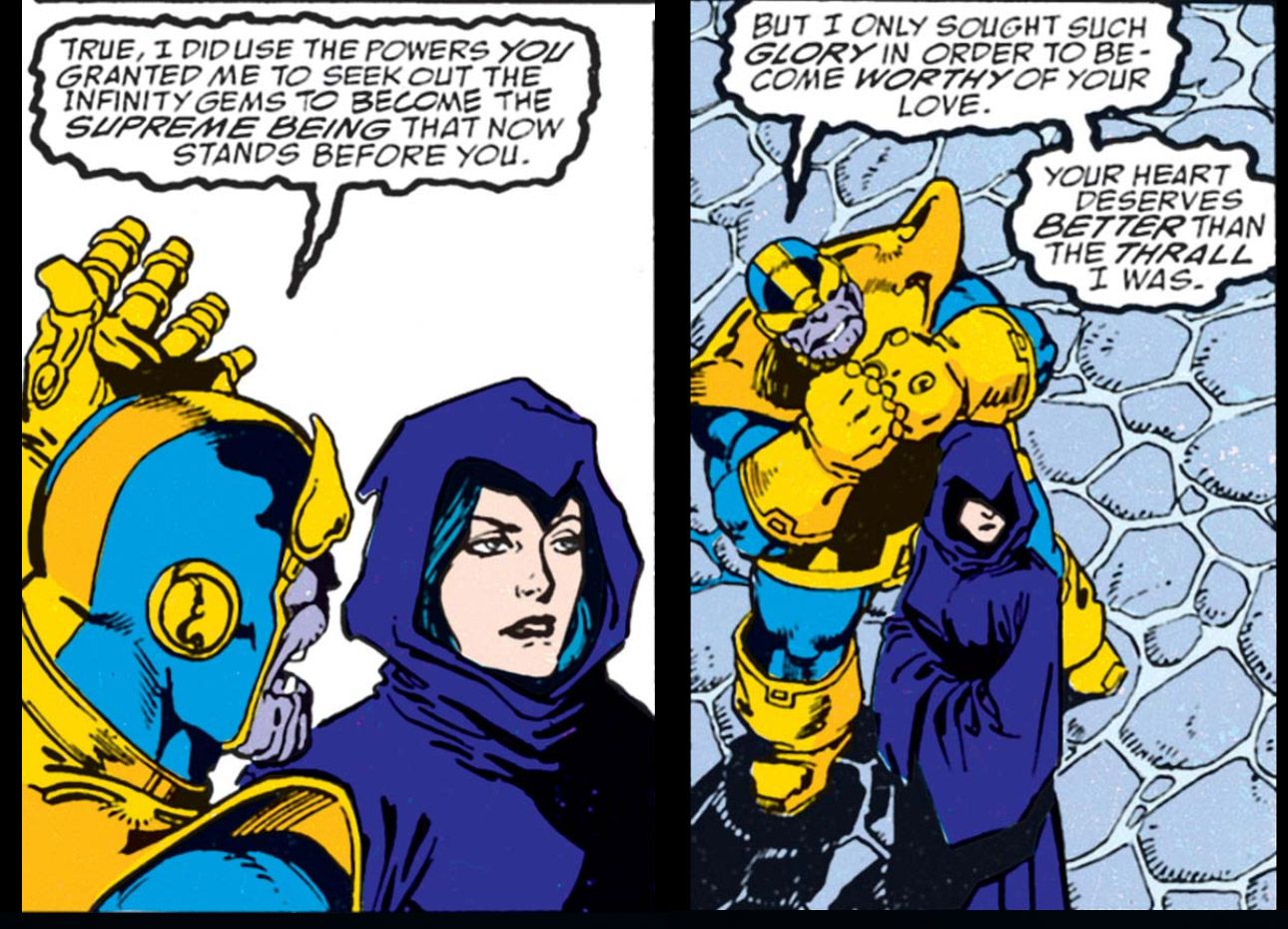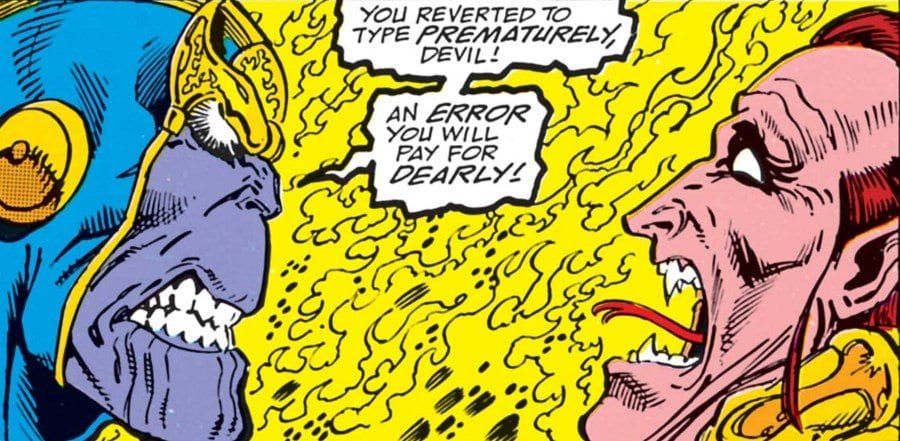The Marvel Cinematic Universe films have never been direct adaptations of the comic book source material. Instead, they've borrowed characters and concepts, and then reinterpreted them for a different medium. Such is the case with Avengers: Infinity War and Avengers: Endgame. Although many elements of the blockbusters were inspired by such comic book events as 1991's The Infinity Gauntlet, they still chart new territory.
CBR spoke with The Infinity Gauntlet writer Jim Starlin about the direction taken by the films, the biggest differences from the comics, and which elements he misses most from the source material.
One of the biggest changes to the MCU's version of Thanos, introduced in 1973 by Starlin, is his motivation. Infinity War revealed the Mad Titan is dedicated to creating "balance" in the universe, by wiping out half of all life with the aid of the Infinity Stones. But in the comics, the character sought to gain the favor of the personification of death, who takes the form of a woman.
RELATED: Jim Starlin Reveals What Makes Gamora & Drax Such Great Characters
"It's a different universe," Starlin explained. "In this particular case, the big difference was the absence of Mistress Death, and I understand why they did that. They didn't want introduce abstract entities into the movie universe at this point. I think that'll change with more Doctor Strange movies coming out, and I figure Mistress Death will get her chance eventually, because they made so much money off of Thanos. They're not going to keep him in the dustbin for very long. And that gives her an opportunity to come back into it."
"The other changes they made, my only one really petty objection, is his eyes," Starlin said, referring to the Mad Titan. "I miss those yellow eyes that'd go red when he gets angry. But I understand exactly why they did it with the blue eyes. It makes him much more an emotional character, you can read his emotions much better. It was much easier than gouging out Josh Brolin's eyes. They would have had to pay him a lot more for that. They did a few things that weren't in the books that I thought were great ideas. Him taking off the armor ... with comic books there's imagery that you want to follow anyhow, but there's actually no reason for him to be in [the armor] after. I know a lot of people objected to that, but I didn't have any problem with it because I thought it was a logical thing to do."
He expanded on that, exploring the differences in the depiction of the Infinity Stones in the MCU.
"The Soul Stone was probably the heaviest of those elements that they used," Starlin said. "The only one I might take exception to is the Reality Stone. In my universe, it was a much more powerful, dangerous element than they used it in the movie. And I can see why, that wasn't the focus of where their story was. In the comics, it was the one you didn't want to use without the Time Stone because with a stray thought you could create a new reality you can't get back from.
"That was my only dispute with how they handled the Stones, and it's not so much a dispute as it is their interpretation against my interpretation," he continued. "The others were pretty straightforward. It was the Soul and Reality Gems that are the more esoteric and pliable, less defined than the other ones. You can interpret them in more ways than the others. Once again, it's not a carbon copy, you shouldn't expect it to be. I didn't, and I was happy with it."
Looking back, Starlin said that, of all the elements from The Infinity Gauntlet that were absent from the MCU, the demon Mephisto is perhaps the most noticeable. He's central to the 1991 miniseries, advising -- and manipulating -- Thanos, while intending to acquire the Infinity Gauntlet for himself.
"He served his purpose in the comics because he gave Thanos someone to talk to," Starlin said. "He was sort of replaced by the Children [of Thanos]. So the character isn't there. But [Mephisto] is over at Fox because he's part of the Silver Surfer, which is part of the Fantastic Four. So they couldn't use Mephisto. [It's like] the first Avengers movie, it's supposed to be Skrulls who are doing the thing. But they couldn't use those because they were part of the Fantastic Four. So they got a different name and got changed around a little bit. With the union of these two houses now, we're going to see some different things. I can't wait to see a good version of Galactus. This is redo time. A good version of the Fantastic Four would be nice."
Directed by Joe and Anthony Russo, Avengers: Endgame stars Robert Downey Jr. as Iron Man, Chris Evans as Captain America, Mark Ruffalo as Bruce Banner, Chris Hemsworth as Thor, Scarlett Johansson as Black Widow, Jeremy Renner as Hawkeye, Brie Larson as Captain Marvel, Paul Rudd as Ant-Man, Don Cheadle as War Machine, Karen Gillan as Nebula, Danai Gurira as Okoye and Bradley Cooper as Rocket, with Gwyneth Paltrow Pepper Potts, Jon Favreau as Happy Hogan, Benedict Wong as Wong, Tessa Thompson as Valkyrie and Josh Brolin as Thanos.




